International
Miguel Ángel Oliver: The EFE Agency is an antidote against racism
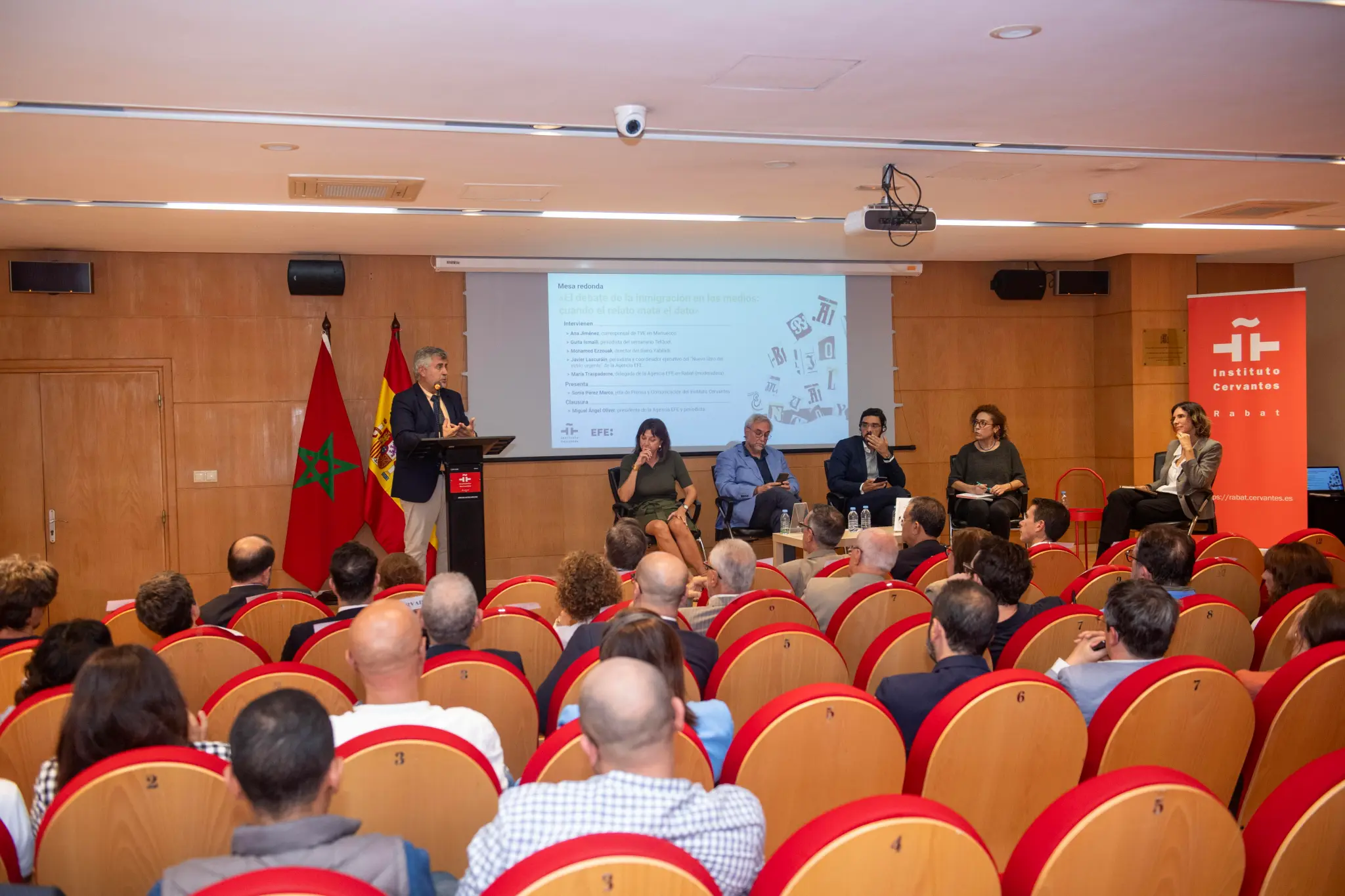
The president of the EFE Agency, Miguel Ángel Oliver, said on Tuesday that the EFE Agency is “an antidote against racism” during the presentation of the New Urgent Style Manual at the headquarters of the Cervantes Institute of Rabat.
“EFE, through the new book, is an antidote against racism. When immigrants are rejected for ethnic or social reasons, it is simply racism,” Oliver stressed when closing a round table entitled “The debate on immigration in the media: when the story kills the data.”
Oliver recalled that journalists have the duty to tell the stories of emigrants and to fight that hate speech against these people: “Put names to the drama, faces and voices,” he insisted.
He stressed that there are media that work against this hate speech. In this sense, he pointed out that media such as EFE and RTVE “are an example of responsible treatment of migration information.”
It is important to humanize the stories of migrants
On this issue, the Moroccan and Spanish journalists who participated in the round table agreed on the need to humanize the stories of migrants, give them a voice without entering into controversy, and avoid degrading language.
During the debate, the speakers stressed the need not to neglect the personal stories of each migrant, and not to limit themselves to providing figures of people who tried to cross into Europe.
“Journalists must be on the side of the marginalized who will never make it to the news. The journalist has to be critical of governments. Behind thousands of people crossing, you have to spend time telling the story of Pepe, Fátima…”, said Ana Jiménez, TVE correspondent in Morocco.
The Spanish journalist stressed that the data is forgotten but the personal stories or shocking images, such as that of Luna hugging the migrant Abdou, who went viral during the massive entry of emigrants into the Spanish city of Ceuta in May 2021, reach the consciousness of the viewers.
The EFE Agency’s manual to cover migration issues
One of the points on which the speakers insisted is that of the words used to cover migration issues or to refer to migrants.
Jiménez acknowledged that he learned, thanks to style books – such as EFE – or the work of NGOs to differentiate between “jump” and “assault”: the latter term is usually used in the media to refer to the attempt of migrants to jump the border fence of Ceuta or Melilla but it is a word that is associated with weapons, which migrants do not carry.
In the same sense, Mohamed Ezzouak, director of the Moroccan electronic newspaper ‘Yabiladi’ – which gives special importance to the issues of the Moroccan diaspora abroad – recognized that because of the words we sometimes “animalize” the migrant using degrading words.
Ezzouak recalled some episodes in the past in the Moroccan press where sub-Saharan migrants were labeled “black plague” or even “cockroaches.”
“But the Moroccan media criticized this coverage,” said the journalist, who stressed that these are isolated situations in which it does not reflect the temperament of a country, where there is no polemical debate about emigration, unlike countries like Spain or France.
The correct terms must be used
In the same sense, Ghita Ismaili, journalist of the Moroccan weekly in French ‘Telquel’, stressed the difference between Spain and France, where “emigration is a daily issue” and where there is a political debate animated by the right and extreme right, a point in which he has cited Vox.
“When we refer to emigration in the Moroccan media it is done differently, emigration is very factual, there are not many comments, and the news is more about rescues made by the country’s authorities and the Royal Navy,” he said.
Ismaili recalled that the last time there was debate and the news of migrants monopolized the front pages of the media was after the call for the mass crossing to Ceuta on September 15, which went viral on social networks and led about 3,000 people, mostly Moroccans, to try.
The new EFE Style Book, whose first edition was published in 2011, has a different structure, reviews and rewrites much of its material and incorporates a multitude of aspects that have appeared or gained importance in recent years in the newsrooms of EFE and all media, such as social networks or artificial intelligence.
The coordinator of the guide, Javier Lascuráin, explained during the round table that the work includes the ethical, professional and linguistic principles of the public agency and broke down some of the considerations that are included in the treatment of migration: avoid pejorative terms such as “avalanche” or “mena”, give voice to migrants, among others.
International
Maduro, Delcy Rodríguez sued in Florida over alleged kidnapping, torture and terrorism

U.S. citizens have revived a lawsuit in Miami against Venezuelan President Nicolás Maduro following his capture, as well as against Vice President and now acting leader Delcy Rodríguez and other senior Chavista officials, whom they accuse of kidnapping, torture, and terrorism.
The plaintiffs — including U.S. citizens who were kidnapped in Venezuela and two minors — filed a motion over the weekend before the U.S. District Court for the Southern District of Florida asking the court to declare the defendants in default for failing to respond to the lawsuit initially filed on August 14, 2025, according to court documents made public on Monday.
The case, assigned to Judge Darrin P. Gayles, accuses the Venezuelan leaders of violating the U.S. Anti-Terrorism Act (ATA), the Florida Anti-Terrorism Act, and the Racketeer Influenced and Corrupt Organizations Act (RICO).
In addition to Maduro and Rodríguez, the lawsuit names Venezuelan Defense Minister Vladimir Padrino López; Attorney General Tarek William Saab; Interior Minister Diosdado Cabello; former Supreme Court Chief Justice Maikel Moreno; and National Assembly President Jorge Rodríguez.
The complaint also lists the state-owned oil company Petróleos de Venezuela (PDVSA) and former Electricity Minister Néstor Reverol as defendants.
According to the filing, Maduro “committed flagrant acts of terrorism against U.S. citizens,” citing the criminal case in New York in which Maduro and his wife, Cilia Flores, appeared in court for the first time on Monday following their arrest on Saturday.
The lawsuit claims that the plaintiffs “were held captive by Maduro” with “illegal material support” from the other defendants, whom it identifies as members of the Cartel of the Suns, a group designated by the United States as a terrorist organization last year.
International
U.S. faces worst flu season in decades as new strain spreads nationwide

The flu continues to take a heavy toll across the United States, with all but four states reporting high or very high levels of activity as a new viral strain known as subclade K continues to spread.
According to another key indicator — doctor visits for fever accompanied by cough or sore throat, common flu symptoms — the U.S. is experiencing its highest level of respiratory illness since at least the 1997–98 flu season, based on data released Monday by the Centers for Disease Control and Prevention (CDC).
“This is definitely a standout year,” said Dr. Caitlin Rivers, an epidemiologist and senior scholar at the Johns Hopkins Center for Health Security. “It’s the worst we’ve seen in at least 20 years. Most of the country is experiencing very high levels of activity, and we are still near the peak.”
Rivers noted that it is unusual to see such a severe flu season following another poor season the previous year, as intense seasons typically do not occur back to back.
Nationwide, approximately 8.2% of doctor visits during the final week of the year were for flu-like symptoms. At the same point last season — which was also severe — that figure stood at 6.7%.
In Massachusetts, where flu activity is reported as very high, health officials urged residents to get vaccinated.
“This is a moment for clarity, urgency, and action,” said Dr. Robbie Goldstein, Commissioner of Public Health, in a press release. “These viruses are serious, dangerous, and potentially deadly. We are seeing critically ill children, families grieving devastating losses, and hospitals under strain due to capacity.”
International
U.S. Energy Secretary to meet oil executives on reviving Venezuela’s crude industry
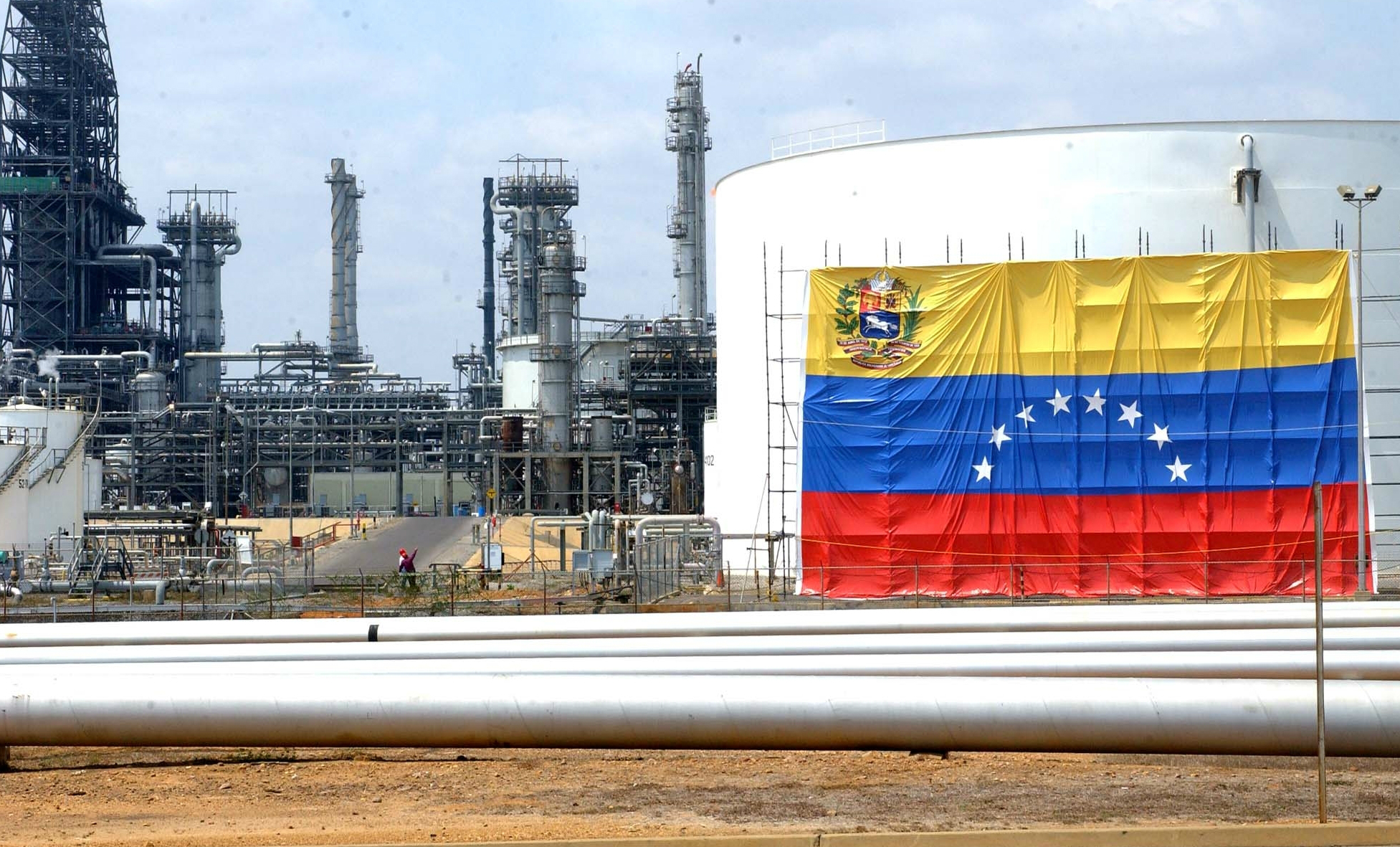
U.S. Secretary of Energy Chris Wright is set to meet this week with executives from the American oil industry to discuss how to revive Venezuela’s crude oil sector, according to multiple media reports.
The meeting will take place on the sidelines of an energy conference organized by investment banking group Goldman Sachs in Miami.
Senior executives from major U.S. oil companies, including Chevron and ConocoPhillips, are expected to attend the symposium.
Venezuela holds the world’s largest proven oil reserves, estimated at 300 to 303 billion barrels, representing roughly one-fifth of known global reserves.
Following the controversial operation carried out on Saturday to detain Venezuelan President Nicolás Maduro, U.S. President Donald Trump has placed renewed emphasis on control over and exploitation of Venezuela’s vast oil resources.
-

 International1 day ago
International1 day agoU.S. faces worst flu season in decades as new strain spreads nationwide
-

 International5 days ago
International5 days agoMissile attack hits Kharkiv homes, leaving 13 wounded
-

 Central America2 days ago
Central America2 days agoEl Salvador reports safest year in its history, security cabinet says
-

 International5 days ago
International5 days agoCanada’s prime minister Mark Carney to join Ukraine peace talks in Paris
-

 International4 days ago
International4 days agoTrump signals possible expansion of U.S. regional policy beyond Venezuela
-
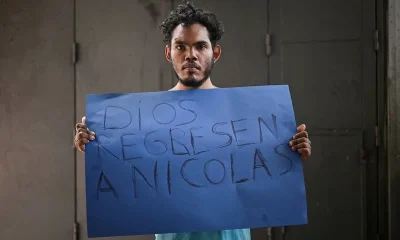
 International4 days ago
International4 days agoWorld leaders react to U.S. attacks on Venezuela, sparking global divide
-
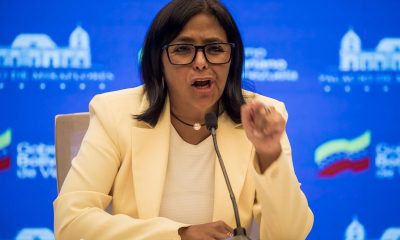
 International2 days ago
International2 days agoDelcy Rodríguez, key figure in U.S.-Venezuela transition, remains under EU sanctions
-

 International3 days ago
International3 days agoMarco Rubio warns Cuba could be Trump administration’s next target
-

 International1 day ago
International1 day agoMaduro, Delcy Rodríguez sued in Florida over alleged kidnapping, torture and terrorism
-

 International2 days ago
International2 days agoChina urges immediate release of Maduro, seeks emergency UN security council meeting
-
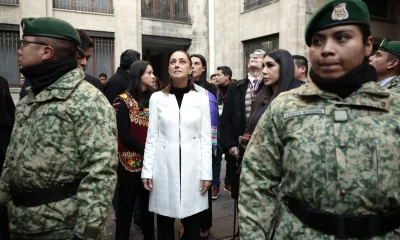
 International5 days ago
International5 days agoSheinbaum evacuates National Palace after 6.5-magnitude earthquake hits Southern Mexico
-

 International1 day ago
International1 day agoColombia to maintain anti-drug cooperation with U.S. after Trump remarks
-
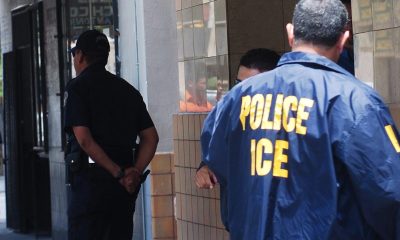
 International1 day ago
International1 day agoFlorida’s ‘Tidal Wave’ operation detains 10,400 migrants in largest ICE joint effort
-
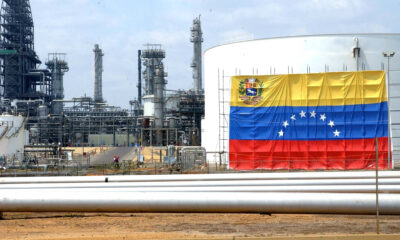
 International1 day ago
International1 day agoU.S. Energy Secretary to meet oil executives on reviving Venezuela’s crude industry
-
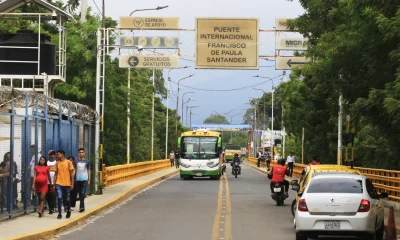
 International1 day ago
International1 day agoColombia says border with Venezuela remains calm after U.S. arrest of Maduro
























